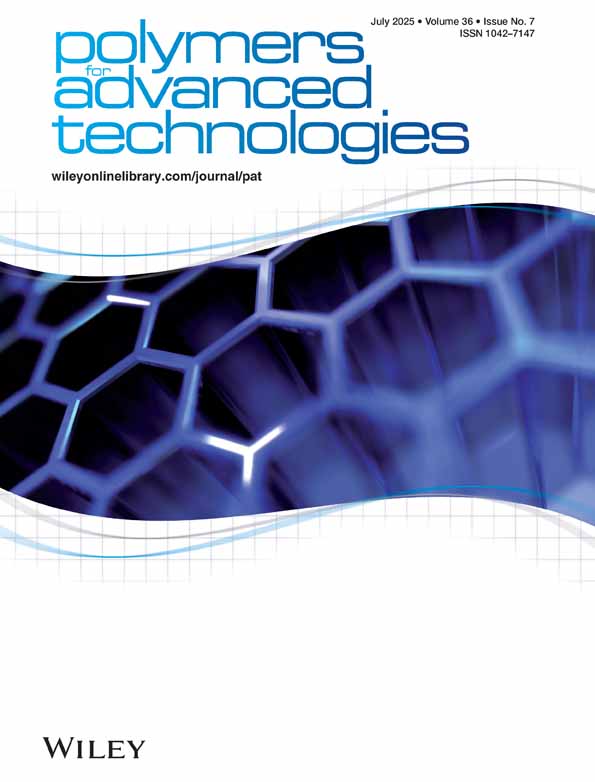Synthesis, characterization, and drug release behaviors of a novel thermo-sensitive poly(N-acryloylglycinates)
Abstract
In this study, a novel thermo-sensitive poly(N-acryloylglycinates) was prepared in order to get a potential drug release carrier. The corresponding monomers and the polymers were characterized with Fourier-transform infrared (FTIR) and 1H NMR. The thermo-sensitivity of the poly(N-acryloylglycinates) was evaluated by measuring their lower critical solution temperatures (LCST) in water, inorganic salt solution, and different pH solutions. The results indicated that poly(N-acryloylglycine methyl ester) (NAGME) and poly(N-acryloylglycine ethyl ester) (NAGEE) exhibit a reversible thermo-sensibility in their aqueous solutions at 61.5 and 12.5°C, respectively. However, no thermo-sensitive behavior of poly(N-acryloylglycine propyl ester) (NAGPE) was found due to its over hydrophobicity. The swelling studies on hydrogels were carried out at different temperatures, in different pH, and inorganic salt solutions. The hydrogels showed a remarkable phase transition at about 35°C with changing temperature. The release rate of caffeine from the thermo-sensitive hydrogel was apparently decreased as the crosslinker content increased and temperature decreased. Seventy five percent caffeine from the polymeric hydrogel with 5% NMBA (N, N-methylenebis(acrylamide)) was released at room temperature within 240 min, whereas 95.4% caffeine diffused into the medium at 37°C. Copyright © 2009 John Wiley & Sons, Ltd.




